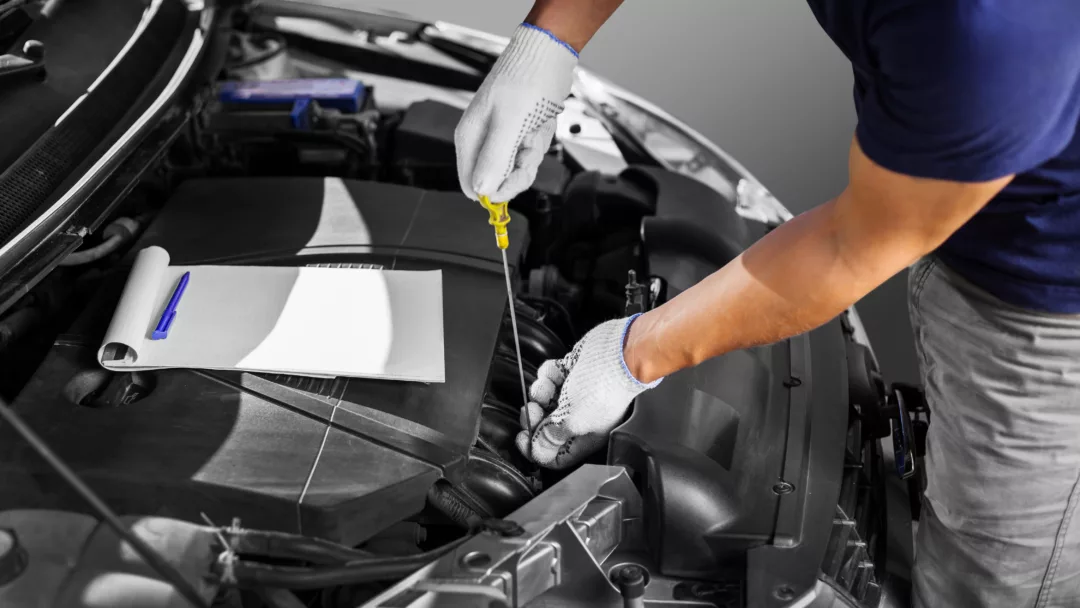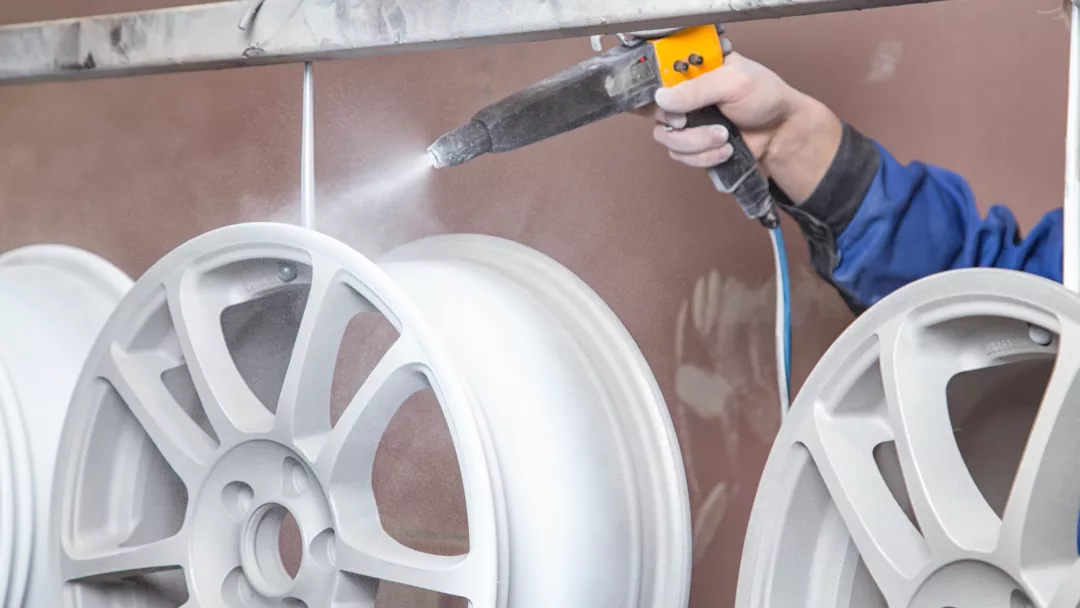When you think about it, your car actually needs a lot of care and attention to keep it going, a bit like us humans. Checking your oil is one of the most straightforward bits of regular maintenance that you could ever perform on your vehicle and is so important to keeping your vehicle alive.
Don’t check your vehicle’s engine oil? Its performance could all go to pot, and you could potentially even cause damage to your engine. We’d recommend checking your oil at least once a week to make sure that it’s all tickety-boo and here’s a quick guide on how to do that!
TOP TIP: Hold your horses before you go diving straight in there. Always turn your engine off and wait for everything to cool down before lifting up your bonnet. Try and park your vehicle on a flat surface too if possible. This helps you get an accurate reading rather than it being sloshed to one side. You should wait for around 15 minutes for your oil to cool down enough to get an accurate reading.
What you’ll need:
- Spanners
- Metal ramps (optional)
- A rag or old cloth to clean up oil
- New oil
- A funnel
Follow these simple steps and you’ll be well away!
Pull out your dipstick
We’re diving straight in there with finding your dipstick. The key to checking your oil level is finding your dipstick. Find that, and the rest is history. Where will you find the dipstick? Open up the bonnet and you should be able to see the dipstick instantly. The end of it is usually really bright with either a hook or a loop on it, you can’t miss it.
Found it? Great stuff. Once you’ve got the cap off, it should be quite easy to pull out. Now for the fun bit, you just need to pull the dipstick out carefully and have your rag to hand so that you can wipe any oil off it.
Most dipsticks range from around a foot to three feet and to get the best accurate reading from it, you need to check the very tip of it to get what you’re looking for.
Dip your dipstick
The trick for checking your oil level and knowing how much oil you currently have is to dip your clean dipstick into your reservoir. When you take it out and look at the dipstick, you’ll notice that the oil will come up to a certain point on the notches at the end.
If the top of the oil line is between the minimum and maximum mars, your oil level is fine.
If the level is below halfway between the marks, it’s time to top up.
Now is a good time to get a good whiff of your oil too. Get right in there and check if it’s dirty or smells of gas. If it does, then it’s definitely time for a change.
Get pouring
Before you go in all blazing with your fancy new oil, of course, make sure you’ve got the right one first. If you’re not too sure which one you need, you can always check your vehicle’s manual, which will be able to help you out.
The best way to add your fresh new oil is not by the tiny tube that the dipstick lives in, that’s just asking for a mess. The easier way to do it is to look for a screw-off cap on top of your engine, which normally has the word ‘oil’ on it or it could be a little drawing of an oil can.
Follow these steps and you’ll be well away:
- Take off the cap and carefully pour your oil into it using a funnel if possible
- If your level was on or below the minimum amount when you checked it, then you’re looking at around 1L of oil that you need to pour in
- Not sure how much you’ll need? Just pour a little bit at a time
- Before you put your dipstick back in, wait a few minutes to let the oil run down then check again
- A steady hand is good too, so you don’t put too much in. Too much oil is just as bad as too little.
Screw the cap on
Once you’re happy with the amount of oil that you’ve added, it’s time to check the oil level again. You know the drill. Take your dipstick and push it down, before pulling it out again. Repeat this process until the appropriate amount of oil is shown on the dipstick.
Wipe the stick off after each read and when you’re finished, double-check that the dipstick is fully seated and the oil fill cap has been tightened.
Warning signs
Trust us when we say you’ll know if your engine oil gets too low. If this was to ever happen, you’ll have the oil pressure warning light come on and blast you in the face.
If your oil level does go under the minimum, you could seriously risk damaging your engine and no one wants that




